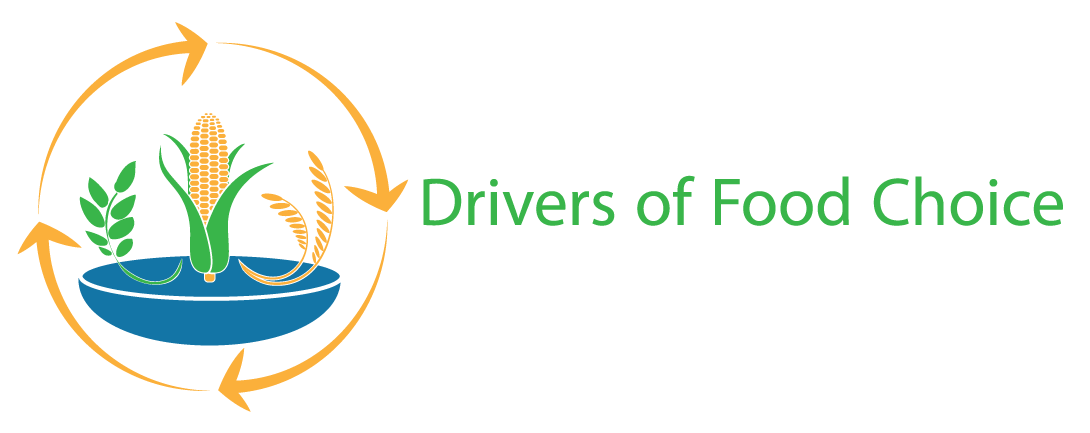Livelihoods

Description
Low and middle-income countries (LMICs) are experiencing large-scale livelihood shifts. These shifts are due in part to resource constraints associated with climate change, improvements in education and growth of higher-paying and skilled industry in urban areas associated with economic development, and policies that both expand and constrain livelihood options for those in rural, urban, and peri-urban areas. Climate change as a driver of livelihood changes remains a complex topic of study but there is increasing evidence to suggest that individuals in LMICs are responding to stressors related to climate change by adapting or changing their livelihoods, with largely unknown effects on food choice, diet quality, nutrition and health. Environmental, economic, and political pressures on smallholders in rural areas, along with economic development that may increase the availability of higher-paying and skilled jobs in urban areas, leads to increasing urbanization and consequent changes in livelihood strategies, social norms, and networks, that may have important implications in food choice behaviors and diet quality.
Livelihood strategies have emerged from the DFC portfolio as a cornerstone in our nascent understanding of how individuals, families, and communities both experience and negotiate rapid environmental, economic, cultural, and political transitions and the associated, but difficult to discern, nutrition and health implications. Changing livelihood strategies may precipitate exposure to new influences, options, and pressures. For example, as women’s livelihoods change often so do gender roles (e.g., working outside the home/off the farm) which may impact time use. Some of the implications of this transition can be understood through food choices as the way that individuals experience and negotiate the interface between changes in economic, social, and geographic circumstances and changes in food environments. Livelihood strategies have a strong role in the patterning of daily life, including time use, food practices, level and stability of income, and standard of living, as well as neighborhood factors like public sanitation and water security, which also points to relative resilience in the face of shocks. Livelihood strategies also have predictive value in the sense that understanding how and where individuals spend time helps to elucidate likely nutritional and health trajectories. Through examining food choices in the broader context of livelihood strategies, we can gain an understanding of how individuals, families, and communities respond to new influences, options, and pressures associated with environmental, economic, cultural, and political transitions.
Aim
The aim of this working group is to advance knowledge on the relationship between changing livelihoods and food choice in LMICs, and to inform prioritization for future nutrition research and programming.
Activities
- Webinar: Drivers of food choice in the context of changing livelihoods
Speakers: Ligia Reyes, Amy Webb Girard, Amy Ickowitz, Stella Nordhagen
Moderator: Edward A Frongillo
- Poster Presentation: “Food choice decision-making in the context of changing livelihoods in low- and middle-income countries” By Krystal Rampalli, Sharraf Samin, Emma Kenney, Shiva Bhandari, Ligia I. Reyes, Abdullah N.S. Khan, Edward A. Frongillo, Christine E. Blake. ANH Academy Week 2022. (Poster prize winner).
